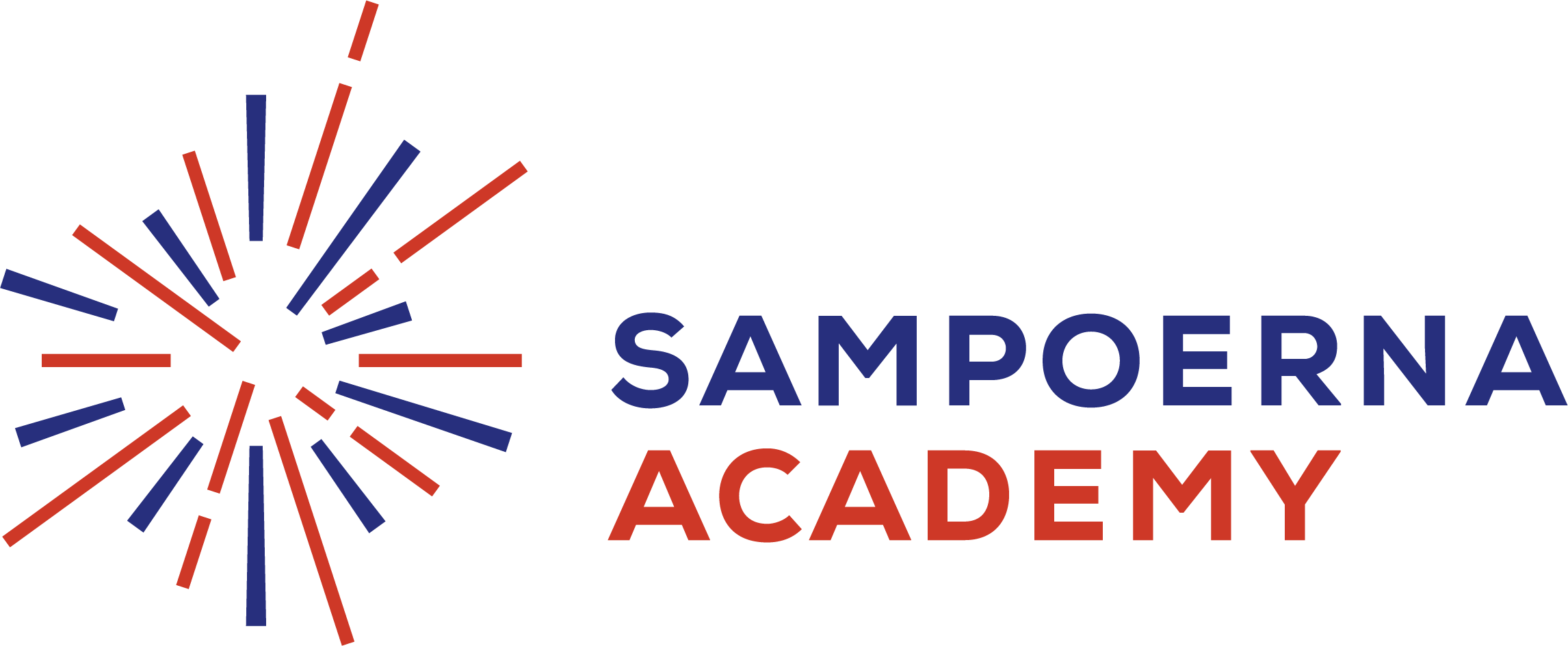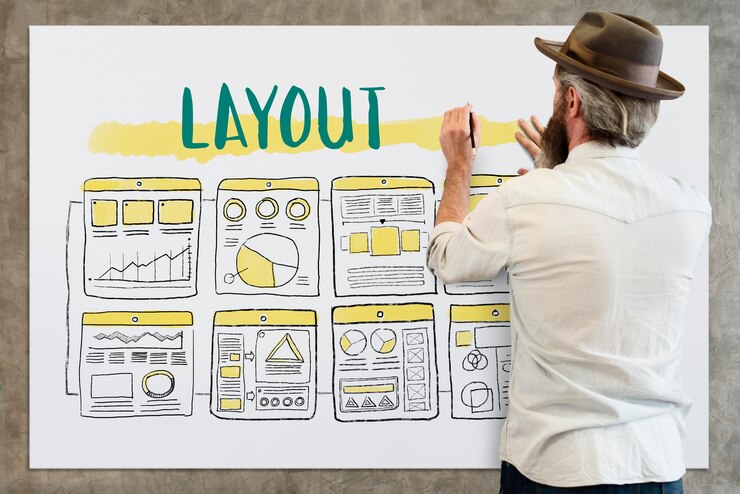There are many strategies you can use for “thinking”; one of them is mind mapping. Mind mapping is a specific method that helps you organize your ideas or thoughts by allowing you to store various details of information in your memory. What’s interesting about this method is the fact that anyone who uses it can retrieve the information they store whenever they need it.
Also known as an effective note-taking technique, mind mapping essentially aims to help you use the full potential of your brain. The method combines the functions of the left and right hemispheres of the brain to ensure information can be absorbed more easily.
The Definition
Mind mapping is an idea generation method developed by Tony Buzan based on how the brain naturally works involving its two hemispheres, so it can spark creativity in the brain. It requires you to creatively write down the ideas you come up with and the details you need to remember, forming something called a mind map.
A mind map consists of a pattern of interrelated ideas with the main idea in the middle and sub-ideas or further details are depicted by branches. To make one, you usually start in the middle of the page with the main idea, and from that point, you work outward in all directions to create a growing diagram composed of keywords, phrases, concepts, facts, and figures.
Mind mapping is usually used to form an impression on the brain through visual, graphic, and sensory images which show a pattern of related ideas. This method is claimed to effectively increase the ability of the brain to memorize information by combining several elements, including images, colors, and spatial settings.
The Benefits

It helps you sort information.
This method helps you improve your learning process by allowing you to classify information into multiple categories.
It improves your accuracy.
This method helps you organize the categorized details to ensure the accuracy of the whole information.
It improves your ability to comprehend information.
By helping you sort and organize information, this method helps you process and understand information faster and better.
It improves your creativity.
By regularly practicing this method, you can get creative with your learning media, such as using images, making keywords, and jotting down important phrases.
Also read: Does Reading Make You Smarter?
The Different Types of Mind Mapping
Syllabus Mind Mapping
This type of mind mapping is usually used to get a better understanding of something that is being worked on or in progress. First, you need to create a large mind map and, to follow up, you should put it on the wall. This method is also called macro mapping.
Chapter Mind Mapping
This type of mind mapping is usually done to make a summary of the important points of a lesson based on a series of chapters the lesson is divided into. The goal is to make it easier for learners to recall what has been learned.
Paragraph Mind Mapping
This method is usually used to note down more complete and detailed information, not only a brief description. Therefore, the information recorded is more detailed.
The Steps of Mind Mapping
Prepare the tools.
First, make sure you have all the tools you need, such as a piece of drawing paper/a book/a cardboard and markers/colored pencils.
Determine the mind map theme.
Determine the theme or concept of the mind map, starting from chapters and sub-chapters then place the main idea at the center of the map.
Put the big theme or main idea at the center of the mind map.
Do this to make it easier for you to draw the branches around the main idea. However, you can also choose to put the main idea at the top of the map and move forward vertically.
Mark the connection between ideas.
Determine the connection between the topic and sub-topics and mark them using lines or pictures. Make it as interesting as possible to attract your brain to stay focused.
Use curved lines.
Use curved lines to prevent your brain from getting bored when understanding the idea branches.
Insert keywords.
Insert at least one single keyword that gives more power to the mind map. You can use each keyword to generate more ideas.
The Examples
Persona Mind Mapping
Persona mind mapping means placing a person as the subject or the main idea of the mind map. If you make a mind map about yourself, you can include information, such as your personality or vision and mission. Persona mind mapping can help you understand yourself better.
Brainstorming Mind Mapping
Brainstorming mind mapping can be a means to solve a problem. You can write the main problem at the center of the map and create branches that contain ideas to solve it. You can also use it to generate initial ideas when you’re creating something.
That’s all our discussion on mind mapping, including its definition, benefits, and examples. Mind mapping is also an effective method to be implemented at school.
At Sampoerna Academy, you will experience learning through the STEAM (Science, Technology, Engineering, Arts, and Math) project-based approach which involves activating both brain hemispheres; one of the ways is through min mapping. For more information about Sampoerna Academy, visit here!
For further information regarding registration, curriculum, visits, and information about Sampoerna Academy, please fill in the data below.
[formidable id=7]
Reference





